Things to Prepare Before Getting a Puppy
Bringing a pet home is an exciting experience, but it also requires thorough preparation. Once you’ve decided on the breed of dog you want to bring home based on the factors in the article “Guide to the Pre-Parenting Stage of Dog Adoption”, you need to ensure that your home is pet-friendly and that you have all the necessary supplies which will make the transition smoother for both you and your new companion. Below are some key points to keep in mind before welcoming your pet.

-
Confinement: Confining your pet initially helps with training, safety, and adjusting to its new surroundings. It prevents accidents and damage while allowing your pet to adjust to their new environment.
-
Dog Pen: A dog pen provides a secure space where your pet can play, rest, and stay safe when unsupervised. Choose a sturdy pen that is appropriate for your pet’s size and ensure there is enough room for movement.
-
Remove Wires/Cables: Puppies and young pets tend to chew on anything within reach, including electrical wires and cables. Secure or hide these hazards to prevent accidents and potential injuries.
-
Dog Crate: A crate is essential for house training and providing a comfortable resting space. Choose a size that allows your pet to stand, turn around, and lie down comfortably. A properly introduced crate will become your pet's safe and secure place. A dog pen also helps with toilet training by providing a confined space that encourages puppies to hold their bladder and bowels, reinforcing the idea that they should only eliminate outside the pen, and allowing for easier supervision and management during the training process.
-
Training: Proper training helps your pet adapt to their new home and ensures good behavior. Having the right tools will make training more effective.
-
Pee Pads: Pee pads are useful for house training, especially for young puppies who have not yet learned to go outside. Place them in a designated area and encourage your pet to use them consistently.
-
Dog Crate: In addition to confinement, a crate is an excellent training tool for housebreaking and behavior reinforcement. Use it to create a structured routine for sleeping and quiet time.
-
Two Small Bowls (Food and Water): Having separate bowls for food and water is crucial. Choose non-slip, durable bowls that are easy to clean. Stainless steel or ceramic options are ideal as they are less likely to harbor bacteria compared to plastic.
-
Teething Treats and Toys: Puppies go through a teething phase where they need appropriate chew toys to soothe their gums. Providing teething treats and toys prevents them from chewing on furniture or household items.
-
Rope Toys: Rope toys are great for interactive play and help with dental health by cleaning teeth and gums. Choose strong, non-toxic rope toys that are safe for chewing and tugging.
-
Yak Bones: Yak bones are long-lasting chews that provide mental stimulation and help with teething. They are digestible and a safer alternative to rawhide.
-
Long-Lasting Treats: Long-lasting treats keep pets entertained and mentally engaged. Look for high-quality options with minimal additives, such as bully sticks or natural chews.
-
Leash and Collar: A well-fitted collar with identification tags is essential for safety. Pair it with a sturdy leash for walks and training. Adjustable harnesses are also a good option, especially for smaller breeds or pets prone to pulling.
-
Grooming: Regular grooming keeps your pet clean and healthy. Stocking up on essential grooming supplies ensures you are prepared from day one.
-
Two Towels (Face and General): Having separate towels for your pet’s face and body helps maintain hygiene. Use soft, absorbent towels for drying after baths and wiping off dirt.
-
Hairbrush: Different pets require different types of brushes. Choose a brush suited to your pet’s coat type—slicker brushes for long-haired breeds, bristle brushes for short-haired breeds, and de-shedding tools for heavy shedders.
-
Dry Bath Shampoo: Dry bath shampoo is useful for quick clean-ups between baths. It is especially handy for pets that dislike water or need freshening up after outdoor activities.
-
Puppy Shampoo: A gentle, pet-safe shampoo is essential for regular baths. Avoid using human shampoo, as it can irritate your pet’s skin. Look for formulas with natural ingredients suitable for sensitive skin.
-
Pet Wipes: Pet wipes help clean paws, faces, and fur after walks or playtime. They are also useful for quick clean-ups and maintaining hygiene between baths.
-
Dental Kit: Oral health is crucial for pets. A dental kit with pet-safe toothpaste and a toothbrush prevents plaque buildup and bad breath. Regular brushing helps maintain healthy gums and teeth.
Preparing for a pet involves more than just excitement—it requires commitment and responsibility. Gathering the necessary supplies and setting up a safe environment will ensure a smooth transition and a happy, healthy start for your new furry friend. Proper confinement, training, and grooming practices will help your pet feel secure, comfortable, and well cared for from the moment they arrive in their new home.


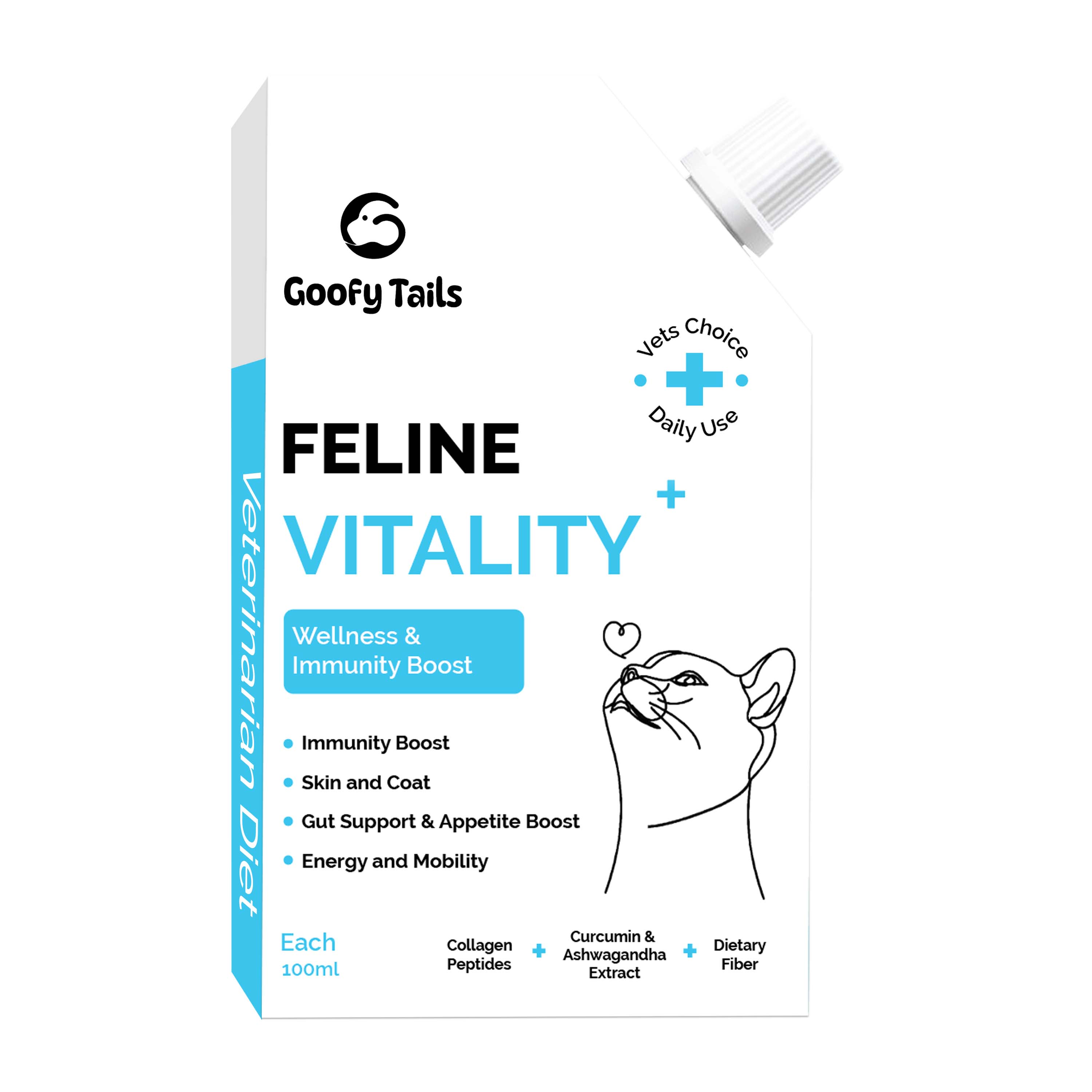

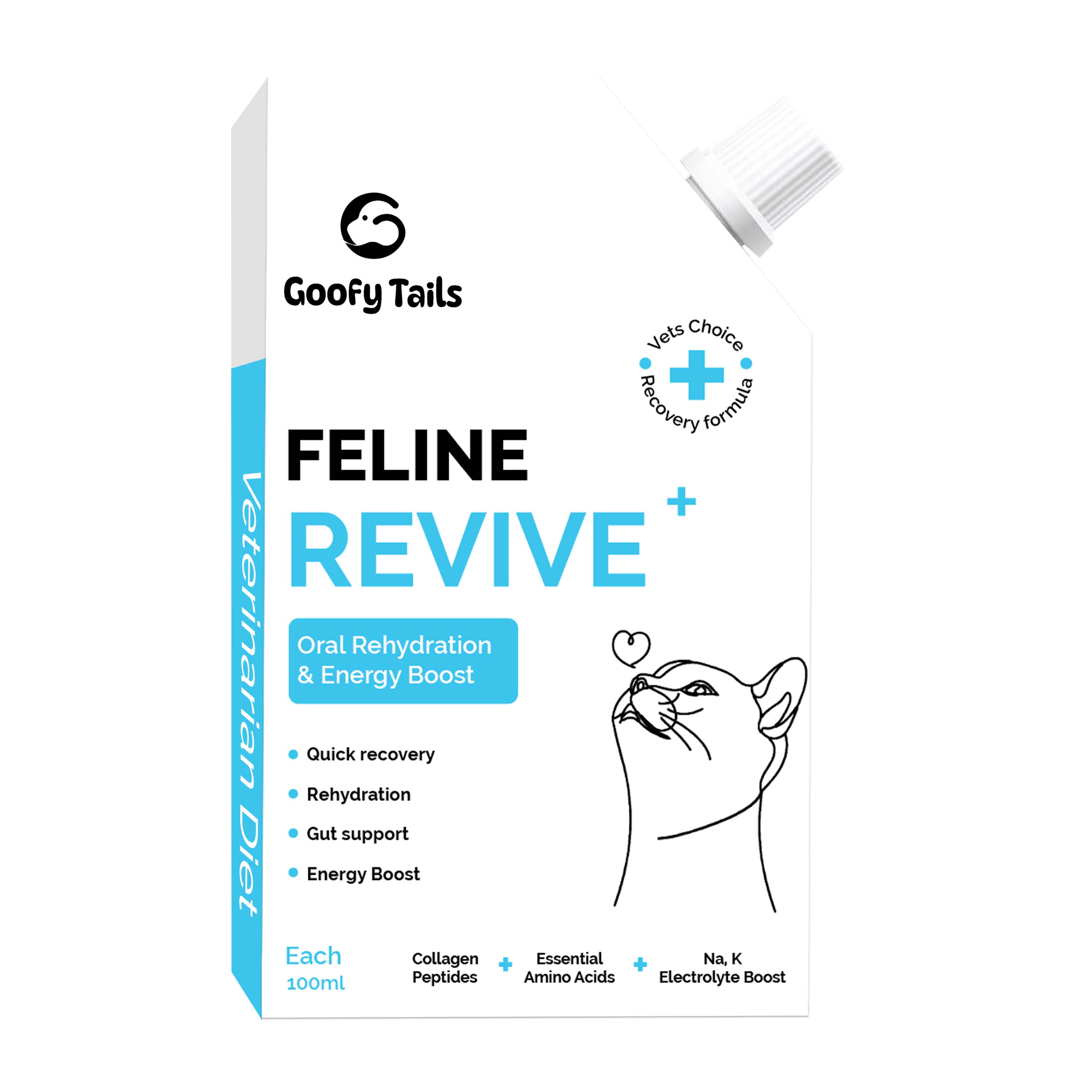
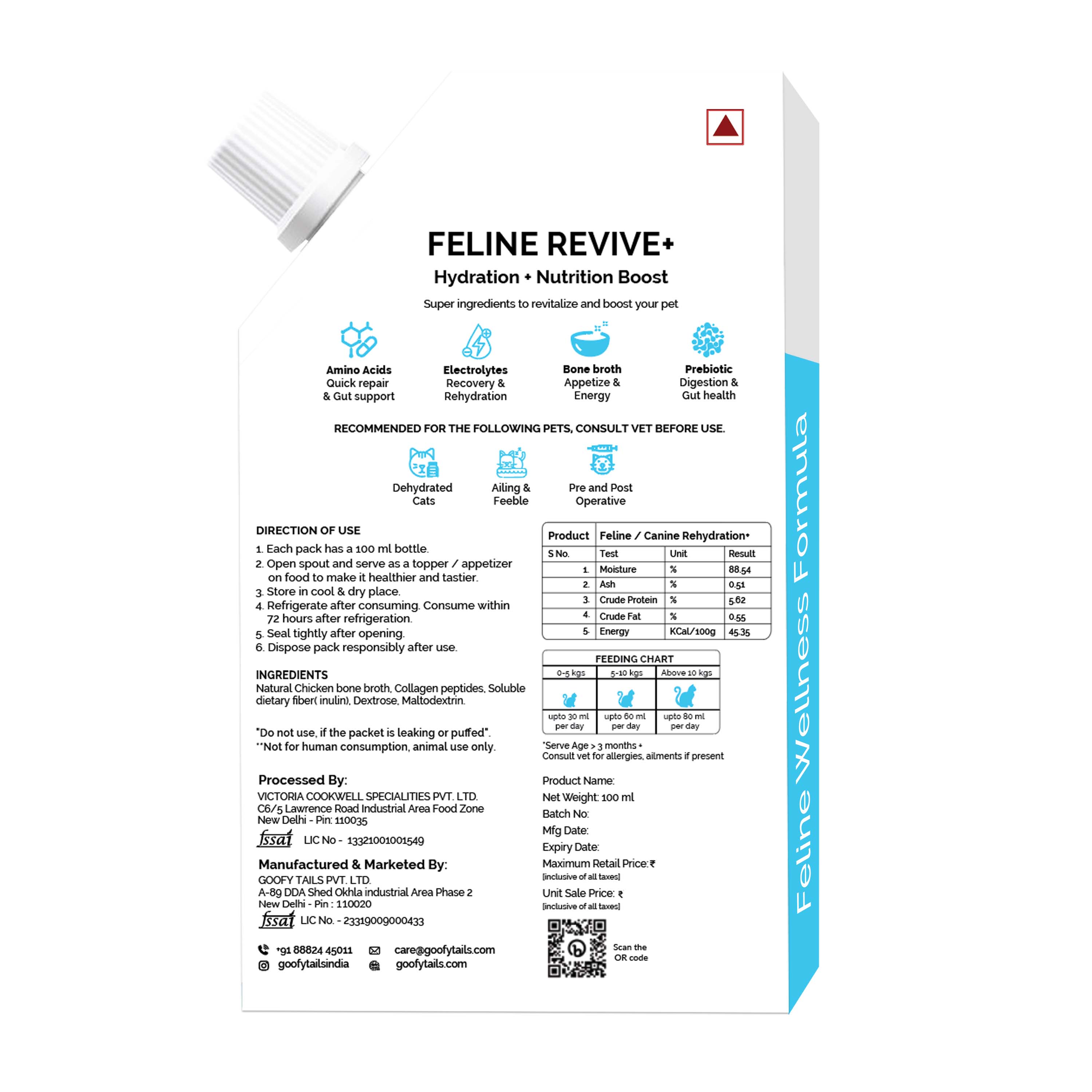

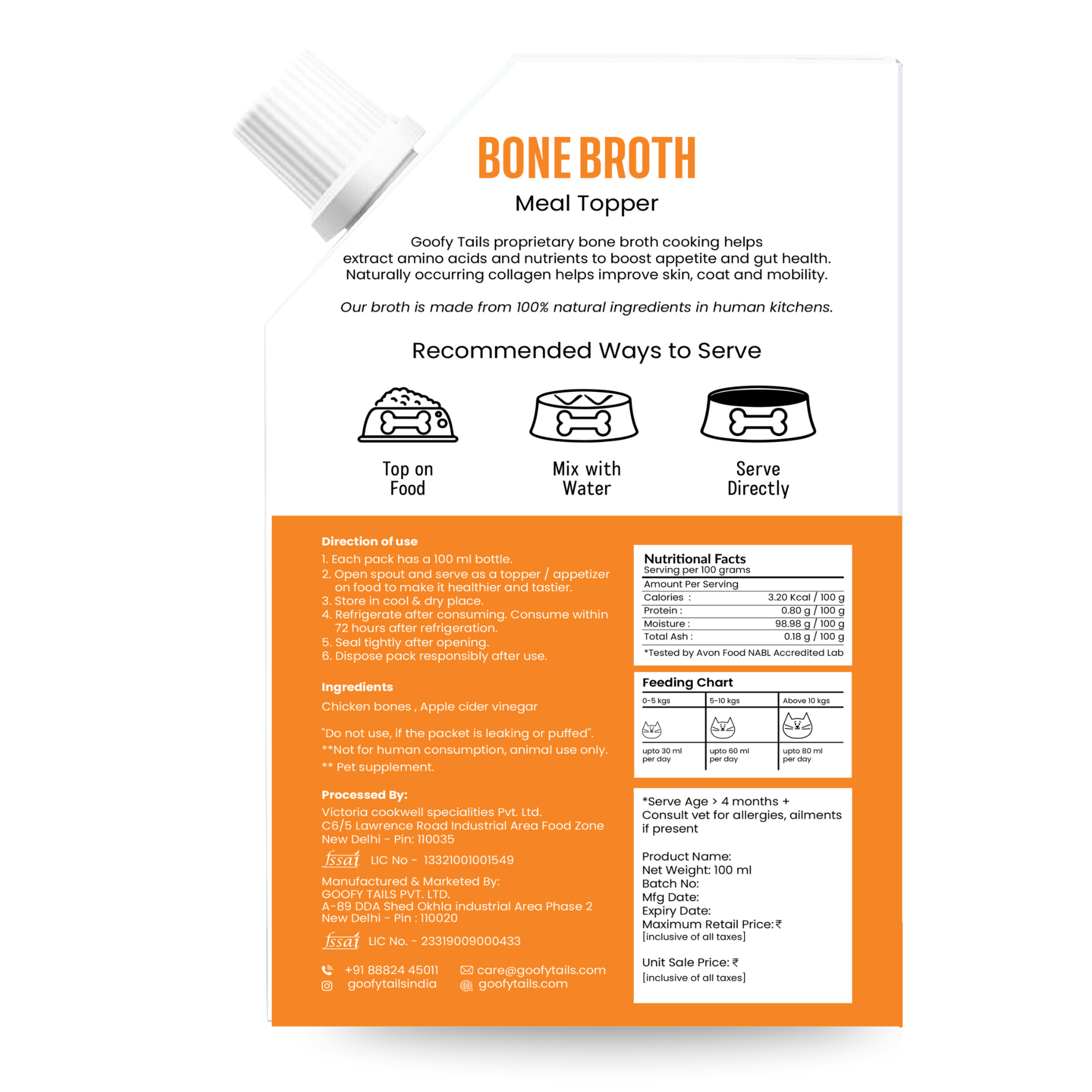

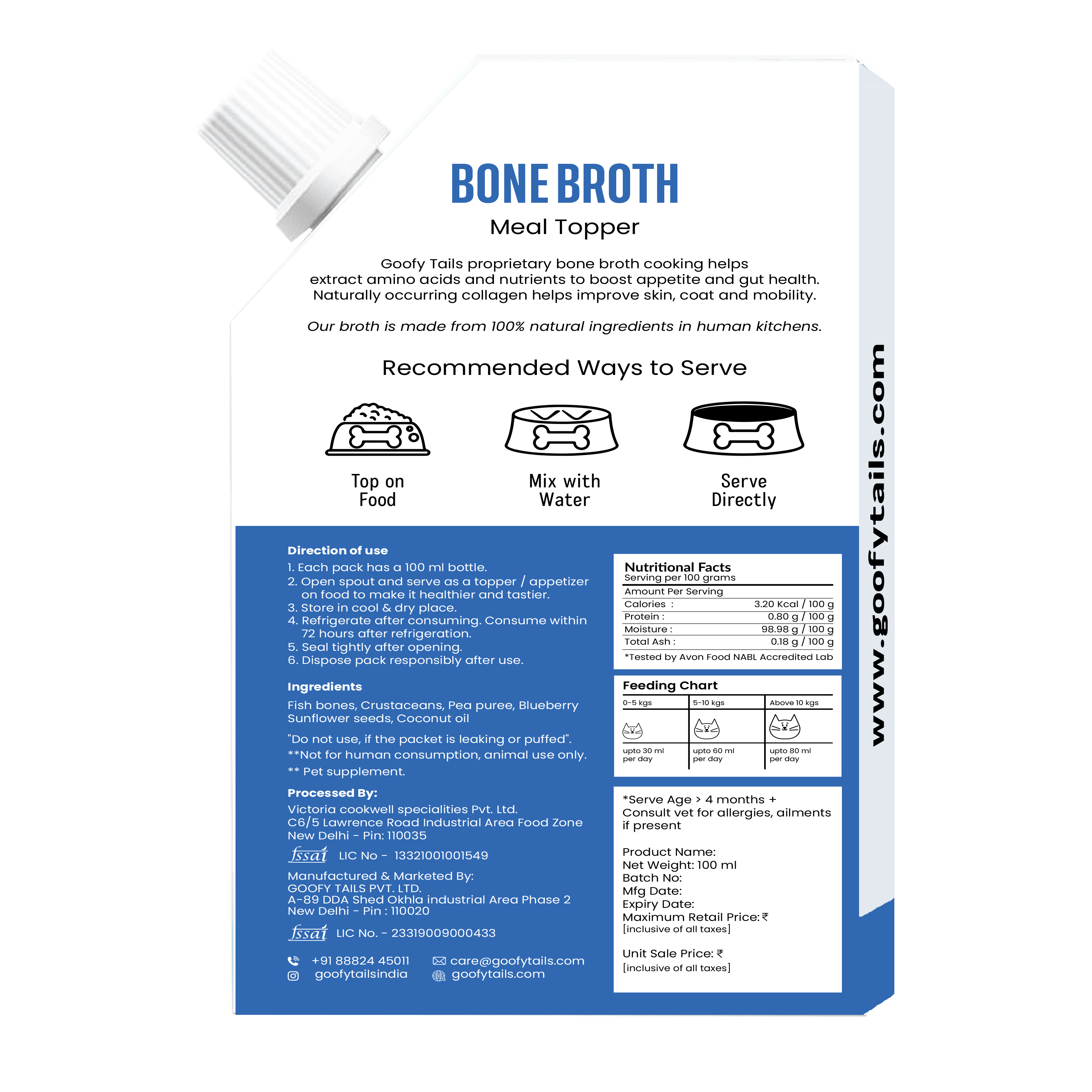
Leave a comment